- About Us
- High Holy Days 5786
- Prayer
- Lifelong Learning
- Community
- Events
- Groups
- Support TBS
Passover Stories and Activities
Activities, Songs, Stories and Discussion Questions for each part of the Passover Seder.

Setting the Scene
|
|
Mathila
|
B'tzeit Yisrael
|
Passover Songs and Blessings Recorded by Cantor Cohen |
|
Vehi SheamdaThe Promise
|
|
Other Suggestions for Making Your Seder Great! |
|
Arami Ove IvriWe were a wondering Arami
|
|
Passover Seder Stories |
|
The 10 PlaguesPAGE 39-41
|
Motzi Matza
|
Passover Readings |
|
DayenuIt Would Have Been Enough!
|
|
Passover Games |
Four Questions
|
Rabban Gamliel
|
|
Passover Recipes |
Avadim Hayinu
|
Bekhol Dor VadorIn Every Generation
|
Shulhan Orekh
|
Passover Menus |
Four Children
|
Lefikhakh Therefore...
|
|
Setting the scene
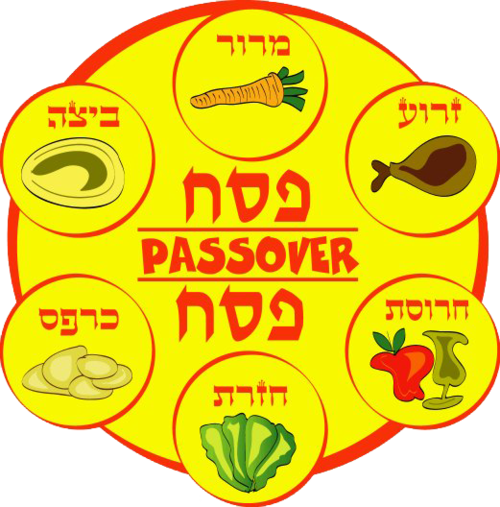 The Seder is a multi-sensory theatrical dinner theater event! Create an atmosphere at your Seder to help immerse your participants in the Passover story:
The Seder is a multi-sensory theatrical dinner theater event! Create an atmosphere at your Seder to help immerse your participants in the Passover story:
- Decorate your table to look like Israelites leaving Egypt. Use a table runner to highlight the sea splitting or the Israelites leaving Egypt. An example of a decorated table can be found here.
- Build a tent for participants to sit in for the first part of the Seder (up through yahatz, breaking the middle matzah). You can sit in a different room other than where the Seder table is set. An example of a tent (which can also look like a pillow fort or Bedouin Tent depending on your creativity) can be found here.
- Create placemats with the 15 steps of the Seder for participants to follow along. An example of a placemat can be found here.
- DIY Seder plates - Have little bowls of each of the Seder plate items so participants can build their own Seder plates at the table. During the Seder have participants use their own Seder items.
- Different items have been added to the Seder plate throughout history to represent different groups that are either under-represented or persecuted. Examples have been: an orange for feminism (link) or a potato for Ethiopian immigrants to Israel. Click here to explore other symbolic foods. What item would you add to the Seder plate and what does it represent?
- Create placemats with the different items on the Seder plate so children can follow along in the Seder. An example can be found here.
- Create pointer sticks for young participants so they can help reach/point out items on the Seder table. Use a dowel-stick or yard stick that is decorated for the student to hold.
- Have legos on the table so younger participants can help build pyramids.
- Create place cards that are Passover-themed so everyone has an assigned seat at the Seder table. An example can be found here.
- Use cards or signs with each of the steps of the Seder. Have children hold up the signs at the appropriate times of the Seder.
- Tips for Hosting a Disabilities Friendly Seder, Abby Sher
Go back to the beginning of the page
 Kadesh The First Cup of Wine— On Page 14
Kadesh The First Cup of Wine— On Page 14
- Click here to hear Cantor Cohen sing the Kiddush.
- Match the wines that you are serving to thematically go with the parts of the Seder or themes in the Seder—have participants try to figure out the connection.
- Debate—what other biblical characters should have a glass on the Seder table in addition to Miriam and Elijah the Prophet?
- Create fun Kiddush cups for children and use silly straws for each of the 4 cups. Here is an example.
- Use acrylic goblets for kids so they can have “real” kiddush cups, too. Children can decorate their cups before Passover.
- Create grape pyramids with kids with toothpicks and grapes.
- Have a choice of different grape juices and sparkling grape juice.
- Create a Miriam’s cup in addition to a cup for Elijah to recognize the role of Miriam and all of the women played in our Exodus from Egypt.
- There are many sets of numbers in the Haggadah. Use the titles on the pages to determine:
How many sets of 4’s are there at the seder—what are they?
What are other numbers you can find throughout the Haggadah?
- Create a word association challenge at your Seder.
Ask participants to complete the phrase _____ is like. Challenge words can include: Passover, Holiness, God, Family, Matzah, Freedom. One way to start this game is to place a different word under the plate of each Seder participant. Go around the Seder table and share each word, completing the sentence.
Go back to the beginning of the page
 Urhatz-Handwashing without a blessing
Urhatz-Handwashing without a blessing
On Page 18
- Purchase handwashing cups before Passover.
- Trace the hands of young participants who will be attending the Seder on the cups. At the Seder the children can use these cups to wash everyone’s hands.
- Children can also decorate the handwashing cups with puffy stickers.
- Decorate spray bottles for spring.
- At the Seder children can spray participants hands for the handwashing.
- Decorate the bottles with markers and stickers.
Go back to the beginning of the page
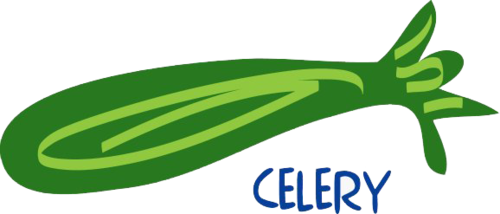 Karpas-Eating the Green Vegetable
Karpas-Eating the Green Vegetable
On Page 19
- On your Seder table have:
Olive bar
Crudité
Guacamole/salsa station (Instead of chips, use Jicama and other vegetables.)
Drinks that include vegetables that are Kosher for Passover (i.e. Bloody Mary)
French fry bar—with ketchup dipping station
Banana and strawberry fondue dipping
- In addition to salt water other traditions include dipping the karpas into wine or vinegar. Create a dipping tasting bar with various types of vegetables and dressings/sauces. Which best represents spring and new beginnings?
- Make saltwater at table. Have coarse grain salt on the table and have children mix with water to create the salt water.
Go back to the beginning of the page
 Yahatz-Breaking the Middle Matzah
Yahatz-Breaking the Middle Matzah
On Page 20
- Create a table runner with the sea splitting scene - Here are other examples.
- There are traditionally three matzot on a Seder table. However, throughout history a fourth matzah has been added to represent different groups that have been oppressed. A popular example of the fourth matzah was for Jews of the former Soviet Union who were denied the opportunity to immigrate to Israel or the west.
Hold a debate
What should the 4th matzah represent?
Click here for some suggestions.
- Act out the scene of the sea splitting. Have people guess who is portraying which character.
- Check out this video from the music group 613 on the sea splitting.
- Create an Afikomen bag.
- Find The Rabbinical Assembly discussion about what matzah represents here.
- Learn about Miriam and her role in the Exodus here.
Go back to the beginning of the page
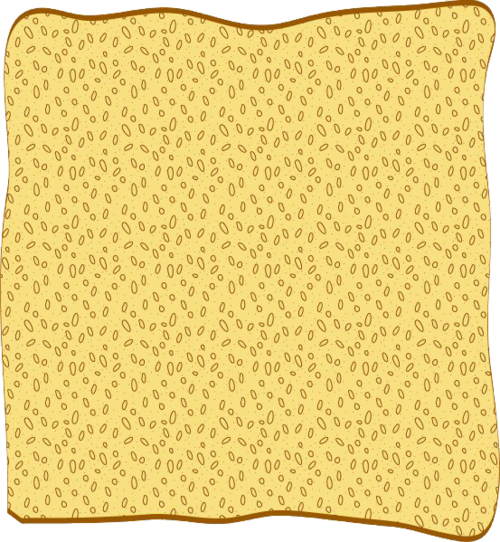 Ha Lakhma Anya-This is the bread of poverty On Page 22
Ha Lakhma Anya-This is the bread of poverty On Page 22
- Click here to hear Cantor Cohen sing Ha Lakhma Anya.
- Explore areas of the world where people are being oppressed— Have a debate:
What are ways we can help?
Click here to learn about the American Jewish World Service
- Click here to learn about Mazon, A Jewish Response to Hunger.
Discuss ways you can address food insecurity.
- Highlight ways Israel has helped communities throughout the world in times of need such as natural disaster. Click here for more information.
- Explore the work that the ADL does.
Debate how to combat anti-Semitism in the world today.
Go back to the beginning of the page
 4 Questions On Page 24
4 Questions On Page 24
- Click here to hear Cantor Cohen sing the 4 Questions.
- Check out this video with hand-motions for the Four questions.
- Create hand motions for each of the questions.
- Use signs for the questions.
- Create a cube with the 4 questions on it. Whoever rolls the side is responsible for singing that question.
- Create your own 5th question. Why is Passover different from other times in the year?
- Compare different versions of the 4 questions here or here.
- Click here for Mazon, a Jewish Response to Hunger, reading about the 5th question.
- Learn the 4 Questions in different languages.
- 4 Questions scramble—have the 4 questions on different cards and scramble the “answers” (on all other nights we eat bread or matzah, on this night we eat _____)
-
Below are the hand motions and words for the Four Questions as presented by our awesome KE students. Click here for the Four Questions handout.
Go back to the beginning of the page
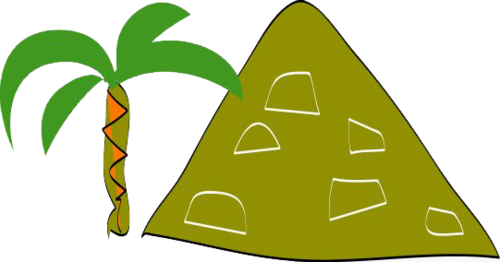 Avadim Hayinu-We Were Slaves
Avadim Hayinu-We Were Slaves
On Page 26
- Click here to hear Cantor Cohen sing Avadim Hayinu.
- Dress up and sing Avadim Hayinu like either slaves or free people.
- Create a word association game: Freedom is like______
- Check out this video with hand motions for the song.
- Explore situations of modern slavery in the world here.
What are ways to fight this issue?
-
Many Israelites, our tradition teaches, chose not to leave Egypt with Moshe.
Why do you think they made that decision?
Go back to the beginning of the page
4 Children On Page 30-33
- Click here to hear Cantor Cohen sing Barukh Hamakom.
- Create a cube with the 4 Children in emojis- roll the dice at your table and discuss:
What actor or character represents each of the 4 children
Athlete that represents 4 children
Character from history
- Cube with 4 children
- Discuss how the 4 children are represented in these pictures.
- What are the challenges that the 4 questions represent today?
- Different types of learners at the Seder
- Create an inclusive Seder. More ideas here.
- Create question cards for Seder participants with the following questions:
First Passover memory?
Favorite Passover memory?
Favorite lesson or teaching from the Seder?
- These cards can either be put under plates before the Seder or randomly distributed throughout the Seder.
- One of the most compelling parts of the Passover Seder is the midrash of the four children -- one wise, one wicked, one simple, and one who does not know how to ask. This has led to many creative artistic renderings over the years. Here are three, with brief explanations and questions, for you to ponder at your Seder.
Go back to the beginning of the page
Mathila On Page 34
Have a sign that asks—What are the idols that we worship today? Debate what our modern idols are and how we fight them.
Debate—what is the future of the Jewish people
What are ways to help the Jewish community survive
What are the top three ways to help the Jewish community
Go back to the beginning of the page
Vehi Sheamda On Page 35
- Click here to hear Cantor Cohen sing .
- What are the biggest challenges to the Jewish community? Use information from the Pew study on Jews and Judaism to talk about the future of Jewish life in America.
- Who are our enemies and how do we overcome them?
Go back to the beginning of the page
Arami Oved Ivri On Page 36-37
- Signs that have different scenes from the story of the Exodus. Have participants line them up in order.
- Have cards with the order of the Exodus. Participants act can out these scenes without talking while other Seder participants have to put them in the right order.
- “Who Am I” heads up game
Have participants guess which character they are from the Exodus story and Seder based on clues (Moses, God, Pharoah, Israelites, Tziporah, Aaron, Yitro, Miriam, Shifra, Puah, Wise child etc)
Use famous Exodus movies (10 Commandments, Prince of Egypt) to help with quotes.
Hold up signs with quotes from the movie "10 Commandments" and ask Seder participants to guess who said it.
- Use legos or large blocks labeled with different parts of the Exodus—have participants stack in correct order.
- Set up Late Night Pesah and interview different characters from the Exodus.
- Use legos to build Pyramids for the Seder table.
Ask Seder participants to prepare a Family Tree. At the Seder, share everyone’s immigration story.
- Explore the work of HIAS — Hebrew Immigrant Aid Society — and how they help immigrants around the world.
Go back to the beginning of the page
Vyotzeiynu-We left Egypt with a Strong Arm
Before the Seder ask participants to illustrate this text—what does the yad hazaka, strong arm, look like to them. Have participants teach the text based on the illustrations that they create.
Go back to the beginning of the page
Makot—The 10 Plagues On Page 39-41
- 10 Plague Decorations. Here is Martha Stewart's.
- Puppets
- Memory Game with 10 Plague pictures and other cards with Hebrew/English
- Act out each plague. Charades—guess which one.
- 10 Plagues relay race
- Debate—do we rejoice at the fall of our enemy?
- Debate—Did all of the Israelites leave Egypt.
- Explore imagery in different Haggadot of the plagues.
- Have small objects representing each plague scattered around the table. Play a game challenging the participants to name the plague represented by each item on the table. Most items can be made or assembled from common household items, such as toys, bandages (for boils), red food coloring (blood) and ping pong balls (for hail).
Go back to the beginning of the page
Dayenu On Page 44-45
- Click here to hear Cantor Cohen sing Dayeinu.
- As you sing, have students hold up signs for Dayeinu (Dayeinu, Torah, Shabbat)
- Create hand motions/use sign language to illustrate the song
- Game—it would have been enough if _____________ but not __________
- Reading on what would be Dayeinu, enough from the RAC
Go back to the beginning of the page
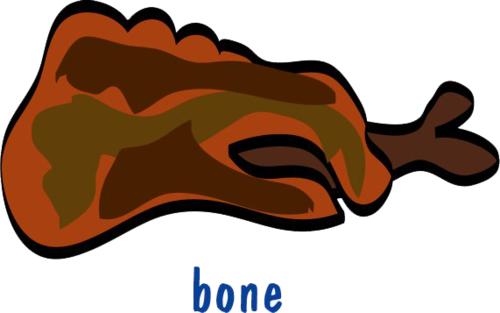 Rabban Gamliel On Page 48-50
Rabban Gamliel On Page 48-50
- Have a basket with random objects—participants pick an object and explain how it can teach the story of the Exodus
- Have a debate: What three objects do you think best represent the Exodus?
Go back to the beginning of the page
Bekhol Dor Vador-In Every Generation On Page 51
- Order Jewish events in history - From temple time to modern, major events
- Debate—what are the major events in Jewish history? What are major events in US Jewish history?
- Puppets—act out leaving Egypt
- What is your Exodus story?
- Explore different Passover customs here
Go back to the beginning of the page
Lefikhakh-Therefore... On Page 56
Offer toasts to participants at the Seder
Go back to the beginning of the page
Betzeit Yisrael-We Left Egypt On Page 59
- Click here to hear Cantor Cohen sing .
- Act out the scenes from this Psalm
- Use pictures or props to illustrate the poem
Go back to the beginning of the page
 Second cup of Wine On Page 60
Second cup of Wine On Page 60
Use special kiddush cups and straws similar to the first cup of wine
Go back to the beginning of the page
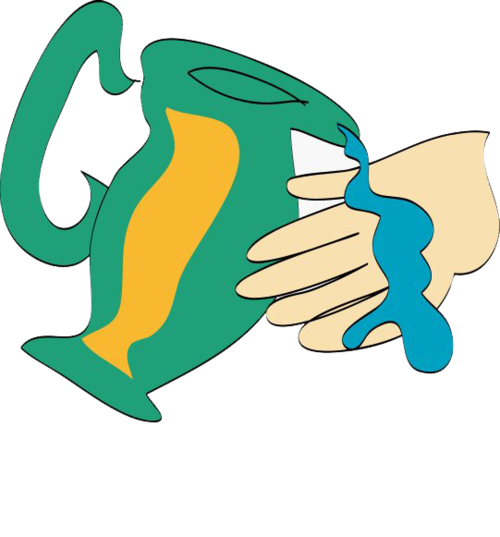 Rohtza-Handwashing with a Blessing On Page 62
Rohtza-Handwashing with a Blessing On Page 62
- Use a special hand washing cup
- Decorate a special handwashing towel
Go back to the beginning of the page
Motzi-Matzah-Eating Matzah On Page 63
- Tradition of creating letters in matzah
- Make your own matza with this recipe
- Matzah tasting bar—try the different types of Matzah: barley oat spelt wheat rye
Go back to the beginning of the page
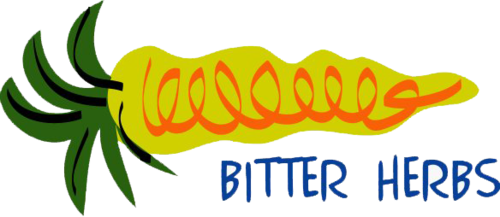 Maror-Eating the Bitter Herb
Maror-Eating the Bitter Herb
On Page 64
- Create a number of different Haroset recipes
- Have a make your own Haroset bar
- Put out different ingredients for haroset in bowls and have Seder participants make their own recipes
- Make your own horseradish
- Plant the tops of horseradish roots—they will grow horseradish by next Passover
Go back to the beginning of the page
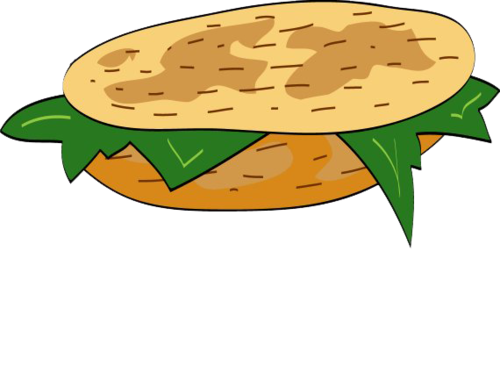 Korekh-Eating Hillel's Sandwich
Korekh-Eating Hillel's Sandwich
On Page 65
Ask participants to prepare something that they learned during the past year from their favorite teacher—teach this idea at the Seder
Go back to the beginning of the page
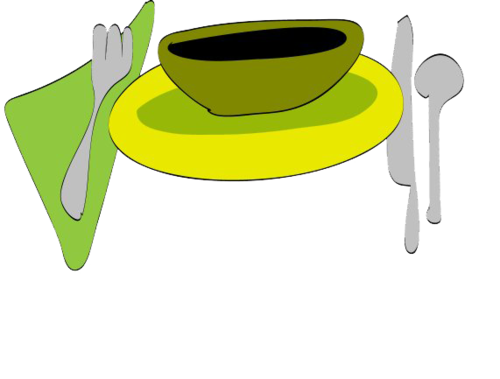 Shulhan Orekh-Dinner
Shulhan Orekh-Dinner
On Page 66
Create themes for dinner: Baby foods, Fast food, Dipped foods, Greek food, Fire-roasted foods
Have guests try to figure out the theme.
Go back to the beginning of the page
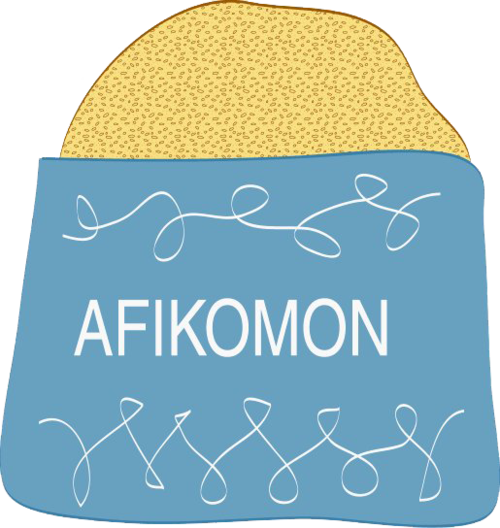 Tzafun-Finding the Afikoman
Tzafun-Finding the Afikoman
On Page 14
- Create scavenger hunt with clues to find the Afikomen
- Create an Amazing race to find the Afikomen
Go back to the beginning of the page
 Other Passover Readings
Other Passover Readings
Passover and Our Identity as American Jews
https://www.ritualwell.org/theme-Seders
https://ajws.org/who-we-are/resources/holiday-resources/passover/
https://www.hias.org/sites/default/files/hias_haggadah_2018_color.pdf
https://werepair.org/passover/
https://www.truah.org/resources/our-most-popular-passover-pesach-resources/
https://www.sefaria.org/sheets/tags/Haggadah
http://mss.huc.edu/manuscript-gallery/haggadah/
http://crm.covenantfn.org/civicrm/mailing/view?reset=1&id=61
Go back to the beginning of the page
Other Suggestions
- Sit on the floor or in another area not at the table for at least the first part of the Seder.
- Cut out the veggies into springtime shapes such as flowers, bugs, springs and other creative images.
- Chocolate frogs
- Using Scallions for Dayenu to pretend we are either taskmasters or slaves
- Matzah gingerbread house creating
- Print artwork/decorate the Seder table with children’s artwork (both current and from previous years)
- Create or use newspaper clippings/articles to supplement discussions.
- Create a scroll with pictures of the story of Passover to help tell the story
- Make a mosaic with squares of paper to tell the Passover story
- Create a puzzle for the Exodus story
- Create question challenge cards for each section of the Seder
- https://sites.google.com/site/sederideasforkids/
- https://www.buzzfeed.com/jewishlearningmatters/top-10-diy-seder-upgrades-2015-1f7dq
- Invite people to bring their own plague decoration
- Bring your own pillow/make Passover pillow
Passover Websites
My Jewish Learning
Jewish Theological Seminary
United Synagogue of Conservative Judaism
Create your own Passover Haggadah
A special collection of Haggadot
Mechon Hadar - online Torah
Seder Recharge
Passover Games
- Matching games for Seder ritual items
- Passover Madlibs
- Jeopardy for Passover
- Kahoot for Passover
- Pictionary for Passover
- Eye Spy on the Seder table
- 20 Questions for Seder table items
- Refrigerator poetry
- Hashtag challenge to summarize a part of the Seder
- Tweet it to summarize part of the Seder
- Rhyming challenge
- Word Wromp (don’t be the last word in a sentence).
- Passover play list. Come up with songs for:
- Celebrate freedom Worker songs Traveling songs
- Catch phrase - Give out three cards to all Seder participants. Two of the cards have words directly associated with Passover or the Seder and the third is less obvious. Challenge Seder participants to use all three of their words in one sentence. Example: Freedom, Slave, feather. Sea, hail, staff
- Word association - 2 bowls of cards. First bowl has Seder and Passover words in it. Second bowl has contemporary topics/words (New York Times, Iphone, etc). Break into teams — challenge to connect the words
- Freeze frame - Bowl with Seder and Passover words in it. Act out without words what the item is. Someone in the room knows what you are acting out, they say “freeze!” and share what you are doing.
- Seder bingo! A fun version can be found here. Play rounds of bingo throughout the Seder for different prizes.
 Passover Menu
Passover Menu
Passover Recipes
- Vegan Passover
- Healthy Passover
Passover Stories
- PJ Library resources
- Here is a Passover story written by Alex Weinberg that you can share with your family at your Seder. You can even include your child/children's names in the story! Enjoy!
Go back to the beginning of the page
Wed, October 8 2025
16 Tishrei 5786

Cherry Hill, NJ 08003
The TBS website was made possible by a generous donation from the TBS Endowment Fund.
Privacy Settings | Privacy Policy | Member Terms
©2025 All rights reserved. Find out more about ShulCloud


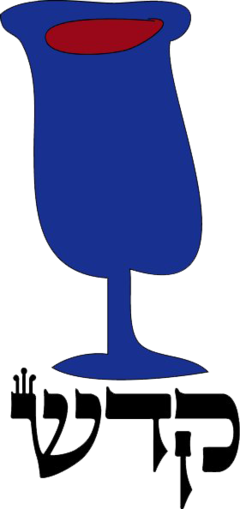 Kadesh
Kadesh
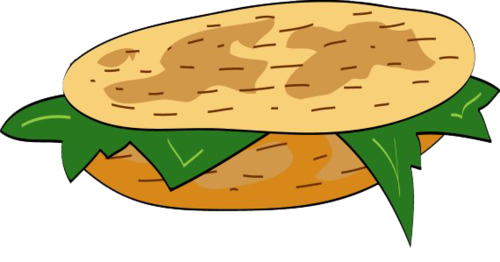 Korekh
Korekh